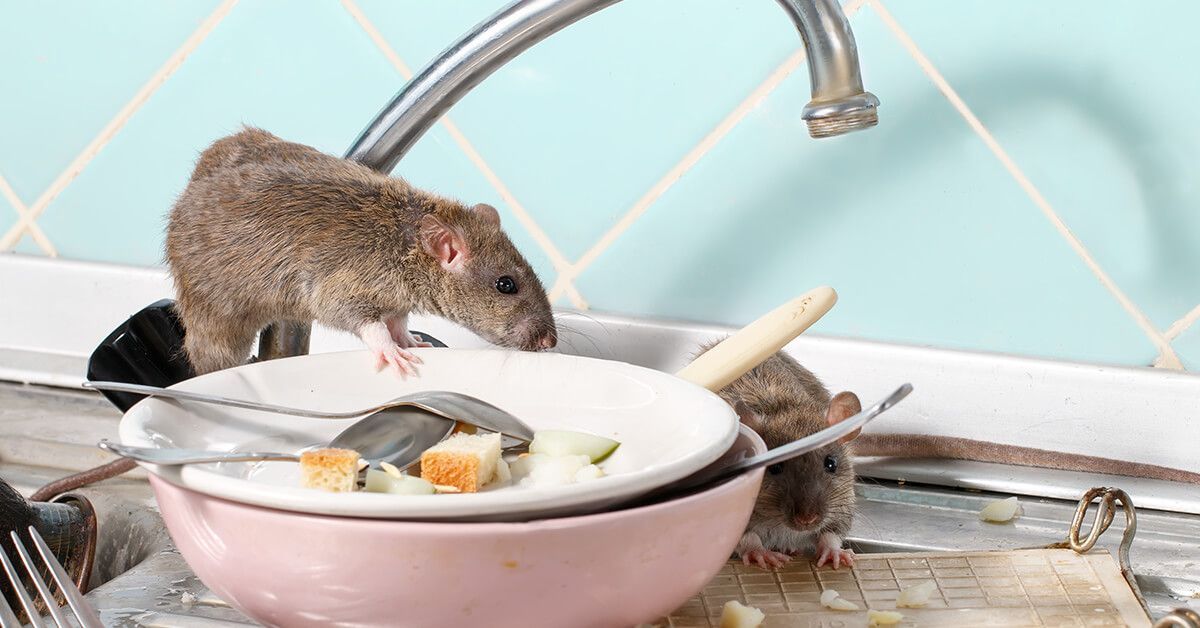Finding strange bare patches on clothing, rugs, or upholstered furniture? You may have a carpet beetle infestation.
Like many nuisance pests, carpet beetles pose a minimal threat to humans, but can be quite destructive if they find items composed of wool, fur, felt, silk, feathers, skins, or leather to feed on. Knowing where to find these critters, how to eliminate them, and how to manage them in the future can provide peace of mind, especially in the spring when these insects commonly invade homes.
Ranging in color from black to a pattern of white, brown, and dark yellow scales, this small beetle species only grows to around ¼ inch long. The adults feed on pollen and are typically transferred inside homes during the spring. Since they’re attracted to light, once indoors these insects may congregate on windowsills. Though they appear to be either a ladybug or bed bug at first glance, carpet beetles do not bite or intentionally harm humans. Adult carpet beetles can live between four and eight weeks.
Female carpet beetles typically lay eggs on vulnerable items that are in dark, undisturbed places—perfect spots for the larvae to feed and grow. The larvae are tan-brown and densely covered with hairs or bristles. They’re slow-moving and leave behind molted skins and fecal pellets as they develop. Unlike clothes moths, carpet beetle larvae feed on large patches of garments or carpet, whereas clothes moths leave scattered holes.
Interestingly, it’s the carpet beetle larvae that cause damage, not the adults. Depending on the species, carpet beetles can spend more than 600 days in the larva stage. That’s a lot of time to do some damage.
Whether you find adults congregated on a windowsill or damage to textiles around your home, finding the source of the problem is the first step in a carpet beetle treatment plan.
Carpet beetles can invade every story of a home and their diet can range from fabrics to furs, dog food to dust bunnies. Check undisturbed areas like the backs of closets, inside storage chests, under furniture, and in the attic. Clumps of pet hair or an abandoned bird’s nest in the attic can provide a suitable home for carpet beetle larvae.
Inspect the seams, folds, and creases of clothes and along the edges of rugs. To check carpeted floors for carpet beetle larvae, use needle-nose pliers to lift the outer edge of the carpet from the tack strip along baseboards.
Infested items can be laundered in hot water and/or dried on high heat to kill all eggs and larvae. Thoroughly vacuuming carpets and rugs will typically eliminate the larvae. Harder-to-clean items like furs or taxidermy can be secured in plastic bags and placed in a freezer at zero degrees Fahrenheit for one week.
For severe carpet beetle infestations, it’s best to consult with a pest control professional. They can recommend additional treatment methods to help clear your home of these pesky bugs.
Once all carpet beetles and larvae have been removed from your home, monitor the infested areas for several weeks. Keeping up with regular housekeeping and checking seldom-used storage areas in your home is a great pest prevention habit, not only for carpet beetles, but also for many other pest species.
Have you found carpet beetles in your home? Save your clothes, furniture, and rugs from further damage by contacting the professionals at Local Exterminator. With our pet- and family-friendly treatments, we can help you say goodbye to bugs in no time.




